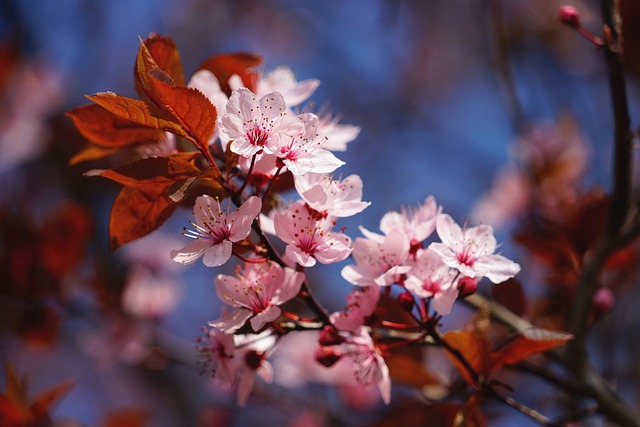Cherry is a delicious fruit that is loved by people all around the world. It is high in nutritional value and is known for its unique taste and flavor. Cherry cultivation in India is gaining popularity, especially in the northern states. If you are planning to grow your own cherries, then this comprehensive guide will help you get started.
Choosing the Right Variety
The first step in cherry cultivation is to choose the right variety. In India, there are several types of cherries that can be grown, including the Sweetheart, Lapins, and Bing varieties. It is important to choose a variety that is suitable for the climate and soil conditions in your area. For example, the Sweetheart variety is ideal for growing in the northern states of India.
Preparing the Soil
Cherry trees require well-drained soil that is rich in nutrients. Before planting, it is important to prepare the soil by adding organic matter, such as compost or manure. This will help improve the soil structure and increase its fertility. It is also important to ensure that the soil has a pH level between 6.0 and 7.0.
Planting the Trees
Cherry trees can be planted during the winter season when they are dormant. It is important to plant the trees in a location that receives full sunlight for at least 6 hours a day. The trees should be planted in a hole that is at least twice the size of the root ball. After planting, the trees should be watered thoroughly.
Training and Pruning
Once the cherry trees have been planted, they need to be trained and pruned to ensure proper growth and fruit production. This involves removing any damaged or diseased branches and shaping the tree to promote good airflow and sunlight penetration. Cherry trees should be pruned during the dormant season, and any suckers or water sprouts should be removed.
Fertilizing and Irrigation
Cherry trees require regular fertilization and irrigation to promote healthy growth and fruit production. A balanced fertilizer that is high in nitrogen, phosphorus, and potassium should be applied during the growing season. The trees should be watered regularly, especially during the dry season. It is important to avoid over-watering, as this can lead to root rot.
Pest and Disease Control
Cherry trees are susceptible to a variety of pests and diseases, including aphids, cherry fruit fly, and brown rot. It is important to take preventative measures to control these pests and diseases, such as using insecticidal soap and fungicides. Regular monitoring of the trees can also help detect any pest or disease problems early.
Harvesting
Cherry trees typically begin to produce fruit after 3 to 5 years of growth. The fruit should be harvested when it is fully ripe, which is usually in late spring or early summer. The cherries should be harvested carefully to avoid damaging the fruit or the tree. After harvesting, the fruit should be stored in a cool, dry place.
Conclusion
Cherry cultivation in India can be a profitable and rewarding endeavor. By following the guidelines outlined in this comprehensive guide, you can successfully grow your own cherries and enjoy their delicious flavor and nutritional benefits. Remember to choose the right variety, prepare the soil, plant the trees properly, train and prune the trees, fertilize and irrigate regularly, and take preventative measures to control pests and diseases. With patience and dedication, you can become a successful cherry grower in India.
